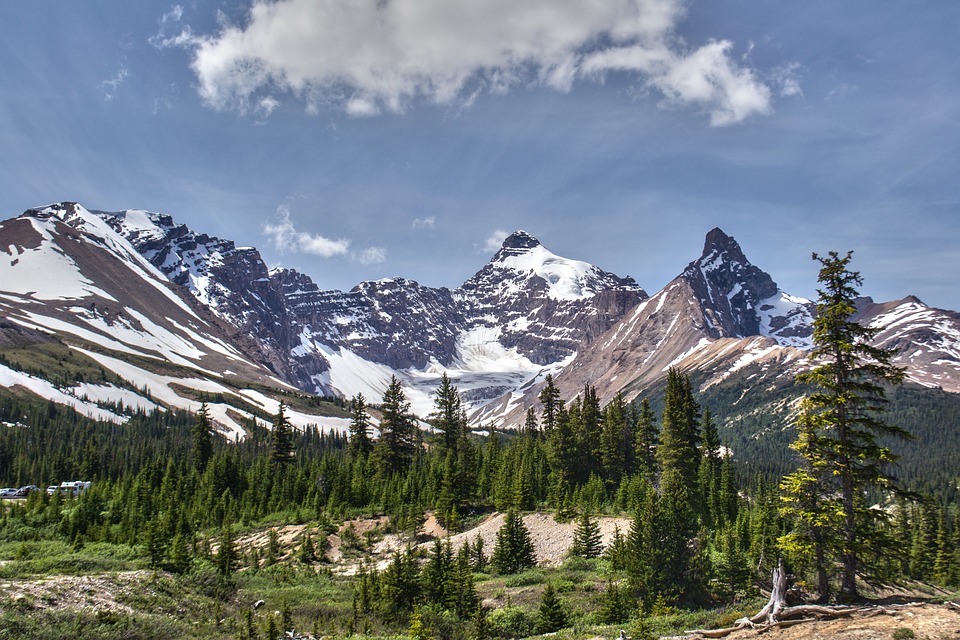How Will Climate Change Affect New England?
New England, comprising Maine, New Hampshire, Vermont, Massachusetts, Rhode Island, and Connecticut, is characterized by its distinct seasons—cold winters and warm summers. Understanding the impacts of climate change on this region is crucial for its environment, economy, and communities.
Rising Temperatures and Seasonal Shifts
Warmer Winters and Hotter Summers
Average temperatures in New England are projected to rise by 3.5 to 8.5°F by the end of the century, with the most significant warming occurring during winter[2][8]. This trend means winters will become milder and shorter, while summers will experience more heatwaves.
Impact on Seasonal Activities
The warmer winters will likely shorten ski seasons and disrupt winter sports tourism, which is vital for local economies. Conversely, hotter summers may limit outdoor activities and affect tourism related to summer recreation[2][8].
Changes in Precipitation Patterns
Increased Rainfall and Flooding Risks
New England is expected to see an increase in annual precipitation, particularly in winter and spring. This shift raises the risk of flooding, especially in riverside communities[2][5].
Heavier Snowfall in Some Areas
Initially, some areas may experience increased snowfall due to higher humidity levels. However, as temperatures rise further, overall snowfall is likely to decrease[2][9].
Droughts and Water Scarcity
Extreme weather patterns could lead to summer droughts, impacting water supplies for both urban areas and agriculture[2][9].
Impact on Coastal Areas and Sea Level Rise
Rising Sea Levels
Coastal regions face significant threats from rising sea levels, projected to increase by 7 to 23 inches by the end of the century. This rise poses severe flooding risks for cities like Boston[2][8].
Increased Storm Surge
More intense storms such as hurricanes and nor’easters will lead to higher storm surges, threatening coastal infrastructure and ecosystems[2][8].
Saltwater Intrusion
As sea levels rise, saltwater may intrude into freshwater systems, compromising drinking water supplies and habitats[2][9].
Effects on Ecosystems and Biodiversity
Forest Composition Shifts
Warmer temperatures may lead to a decline in key species such as sugar maple trees, altering forest landscapes essential for local industries like maple syrup production[1][9].
Impact on Wildlife
Many species may migrate northward due to changing habitats, putting pressure on local biodiversity and altering predator-prey dynamics[1][9].
Marine Ecosystems
Warming oceans threaten fish populations critical to New England’s fishing industry. Species like cod and lobster are particularly at risk as their habitats become less suitable due to rising temperatures[1][8].
Agriculture and Economic Implications
Agriculture Challenges
Changes in temperature and precipitation patterns can disrupt crop cycles, increase pest populations, and lead to reduced yields. Farmers may face challenges from both droughts and flooding[1][9].
Tourism and Recreation
The tourism sector will be affected by altered seasonal patterns; warmer winters could diminish winter sports tourism while changing fall foliage could impact autumn tourism[1][8].
Fishing and Aquaculture
The fishing industry is already feeling the effects of climate change. Studies indicate that climate shocks have led to a 16% decline in fishing jobs over two decades due to shifting fish populations away from traditional fishing grounds[1][8].
Frequently Asked Questions (FAQs)
– How will climate change affect New England winters?
Winters are expected to be warmer with less consistent snowfall, impacting winter sports and ecosystems.
– Is sea level rise a threat to New England?
Yes, rising sea levels pose significant flooding risks to coastal communities.
– Will New England’s agriculture be impacted?
Yes, changes in rainfall and temperatures can disrupt crop growth, leading to economic challenges.
– How are New England’s forests affected?
Rising temperatures may lead to a decline in species like maple trees, altering forest composition.
– What about the fishing industry in New England?
Warming oceans threaten local fish species, impacting fishing livelihoods.
Conclusion
Climate change poses a multifaceted threat to New England through rising temperatures, altered precipitation patterns, coastal challenges, ecosystem shifts, and economic implications. Addressing these changes through adaptation and mitigation efforts is essential for protecting the region’s communities and natural heritage.

Kyle Whyte is a notable scholar and professor at the University of Michigan, holding positions such as the George Willis Pack Professor in the School for Environment and Sustainability and Professor of Philosophy. Specializing in environmental justice, his work critically examines climate policy and Indigenous peoples’ ethics, emphasizing the nexus between cooperative scientific endeavors and Indigenous justice. As an enrolled Citizen Potawatomi Nation member, he brings a vital perspective to his roles as a U.S. Science Envoy and member of the White House Environmental Justice Advisory Council. His influential research is supported by various prestigious organizations including the National Science Foundation, and disseminated through publications in high-impact journals. Kyle actively contributes to global Indigenous research methodologies and education, with affiliations to numerous institutes and societies dedicated to traditional knowledge and sustainability. Recognized for his academic and community engagement, Kyle has earned multiple awards and served in various visiting professorships. His efforts extend to leadership positions on boards and committees focused on environmental justice nationwide.
